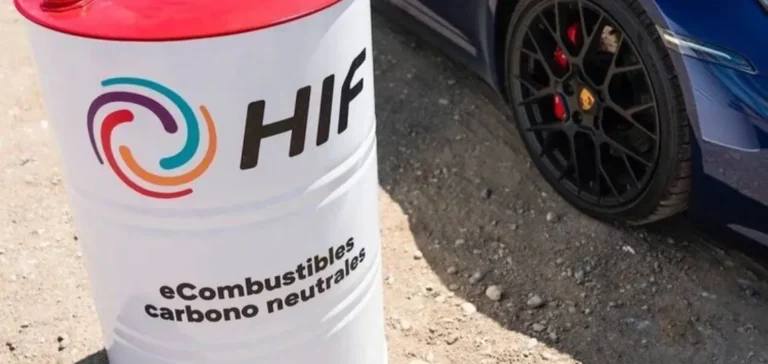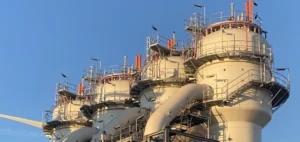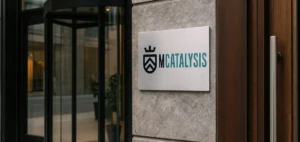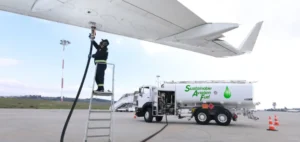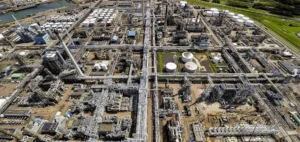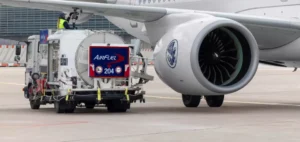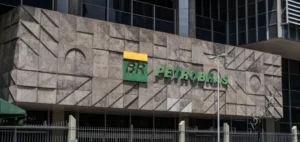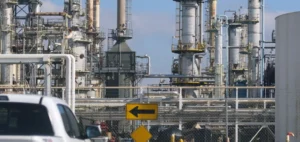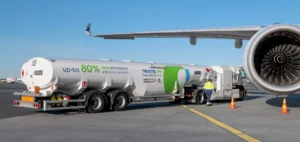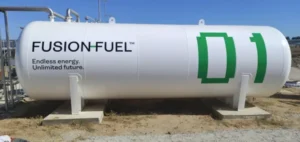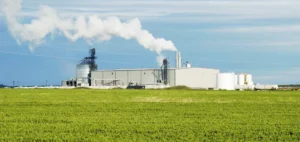The rapid progress of the global e-fuels market is confirmed, with a projected value of $66.25bn (EUR60.68bn) by 2030, up from $24.49bn (EUR22.42bn) in 2025, according to the latest forecasts. This trend is underpinned by an average annual growth rate of 22%, supported by increasing demand for sustainable alternatives in hard-to-decarbonise sectors such as aviation, maritime transport, and heavy road freight.
The rise of green ammonia and liquid fuels
The e-ammonia segment shows the highest growth rate. This solution, valued for its energy density and zero-carbon emissions during combustion, is gradually emerging as a preferred option for shipping and power generation. The development of ammonia synthesis technologies, powered by hydrogen from renewable sources, is accelerating the sector’s industrialisation. Investments in dedicated infrastructure and regulatory alignment are enabling these fuels to spread rapidly through supply chains.
The liquid e-fuels segment is also experiencing significant acceleration. Products such as e-diesel, e-gasoline, and e-kerosene benefit from full compatibility with existing infrastructure and engines. This feature facilitates their adoption in the aviation, maritime, and freight transport sectors. Advances in power-to-liquid processes and increased production capacity, driven by new industrial investments, help meet growing global demand.
Asia-Pacific: global engine of growth
The Asia-Pacific region stands out for its upward trajectory, driven by rapid industrialisation, rising energy demand, and incentive policies for decarbonisation. Governments in Japan, South Korea, India, and Australia are betting on green hydrogen and renewables to support the development of e-fuels. The establishment of regional partnerships and the proliferation of pilot projects are fostering innovation and strengthening energy security in the face of volatile fossil fuel imports.
Major industrial groups are shaping the market through acquisition strategies, product launches, and partnerships. Among them are Saudi Arabian Oil Co., AUDI AG, Repsol, Sunfire SE, Electrochaea GmbH, Uniper SE, Ørsted A/S, Yara, Perstorp, HIF Global and INFINIUM. These companies are investing in large-scale e-fuel production and developing logistics networks to meet growing industrial and commercial demand.
The growth prospects of the e-fuels market are intensifying competition and prompting established players to reposition themselves, while new entrants accelerate innovation in the production and distribution of these synthetic fuels.


